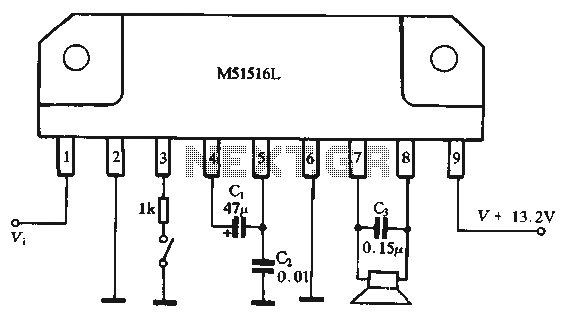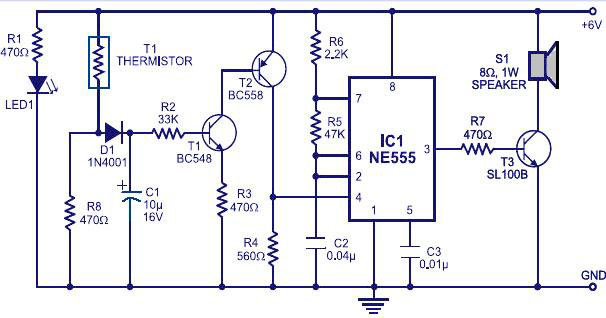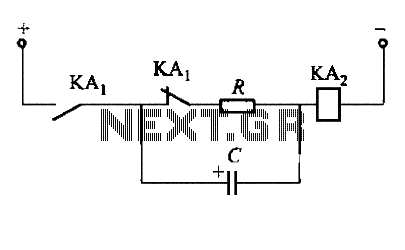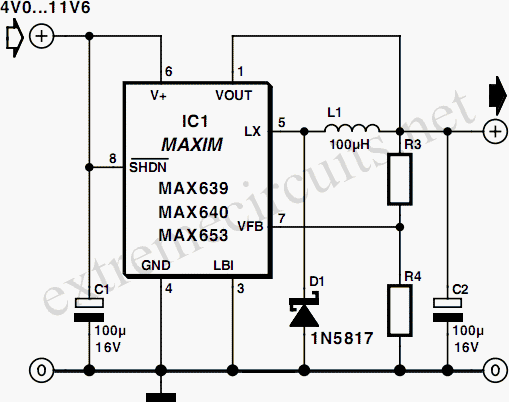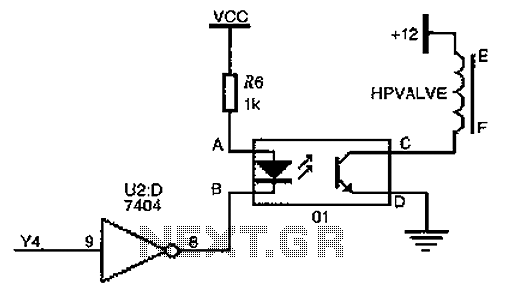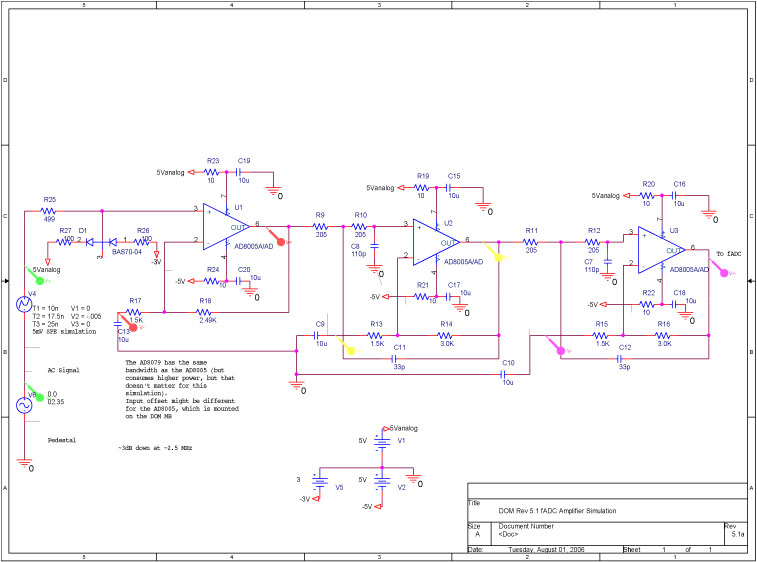
Switching the constant current source consisting of the application circuit W723
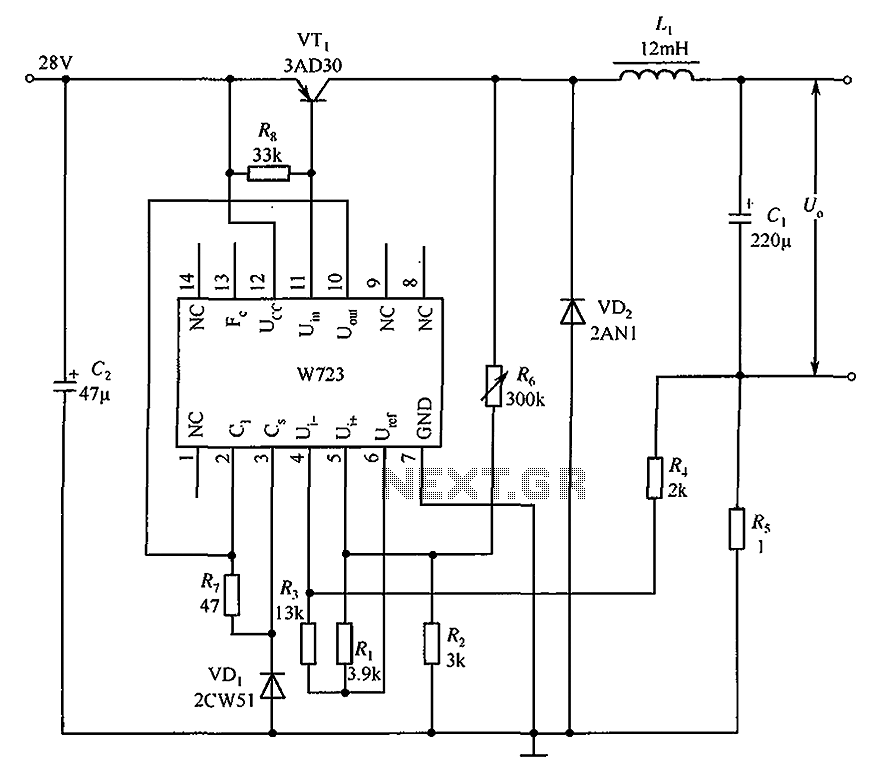
The Multiport W723 is an adjustable constant current regulator designed for use in switching regulator circuits, capable of delivering an output current of 1A. In the illustrated circuit, the W723 reference base voltage is approximately 7.2V. This voltage is divided by resistors R1 and R2 to provide a voltage of approximately 3V to the non-inverting input. Simultaneously, resistors R3 and R4 are configured to provide a partial voltage to the inverting input, with R4 and a low-end shunt resistor R5 connected. When the inverting and non-inverting inputs are nearly balanced, the shunt voltage drop across resistor R5 is about 1V. Resistor R6 is utilized to adjust the output ripple current. As the current feedback circuit increases, the output stage of the regulator is activated, resulting in a current pulse of 12mA at the Uin terminal, which drives the transistor VT. A Zener diode (VD1) is incorporated into the regulator unit to bias the output stage, while diode VD2 is employed to suppress reverse voltage spikes. The output waveform is smoothed using a combination of capacitor C1 and inductor L. The maximum operating frequency of this circuit is dependent on the load, typically reaching around 20kHz.
The Multiport W723 adjustable constant current regulator is a sophisticated circuit designed for efficient power management in various applications. The circuit operates by utilizing a feedback mechanism that maintains the output current at a constant level, regardless of variations in load. The reference voltage of approximately 7.2V serves as a critical threshold for regulating the output current.
The voltage division performed by resistors R1 and R2 ensures that the non-inverting input receives a stable reference voltage, which is essential for the accurate functioning of the regulator. The inverting input receives a voltage derived from resistors R3 and R4, which allows for fine-tuning of the output current through the feedback loop. The configuration of R4 in conjunction with shunt resistor R5 is crucial for establishing the desired current threshold, with the voltage drop across R5 providing a direct measurement of the output current.
The role of resistor R6 in adjusting the output ripple current is significant, as it allows for the optimization of performance under varying load conditions. The feedback mechanism ensures that any increase in load results in a corresponding increase in the regulator's output, thus maintaining the desired current level.
The activation of the output stage, triggered by the current feedback, results in a pulse of 12mA at the Uin terminal, which is essential for driving the transistor VT. The inclusion of the Zener diode VD1 is a critical design choice, as it stabilizes the output stage biasing, ensuring reliable operation under different conditions. The diode VD2 serves as a protective measure against reverse voltage spikes, which can occur during switching events.
The filtering stage, composed of capacitor C1 and inductor L, is essential for smoothing the output waveform, minimizing voltage ripple, and ensuring a stable output current. The operating frequency of the circuit, typically around 20kHz, is influenced by the load, highlighting the adaptability of the W723 regulator in various applications. Overall, this circuit exemplifies the principles of efficient power regulation and stability in electronic design. As shown in FIG Multiport W723 is being integrated adjustable constant current regulator composition application switching regulator circuit, the output current of 1A. Illustra ted circuit, W723 reference base voltage (approximately 7.2V) through R1, R2 dividing the voltage of approximately 3V added to the non-inverting input, and also via a resistor R3, R4 partial pressure after adding to the inverting input, R4 and another low-end shunt resistor R5 connected. When the inverting and non-inverting input of approximately balanced, the shunt voltage drop across the resistor R5 is about 1V.
R6 is used to adjust the output ripple current. When the current feedback circuit increases, the regulator output stage unit is turned on, W723 Uin end a current pulse of 12mA, the driving transistor VT. Zener diode VD1 regulator unit used to bias the output stage, and the diode VD2 is used to eliminate the reverse spikes.
Capacitor C1 and inductor L filter composed to smoothly switch the output waveform. The size of the maximum operating frequency depends on the load, typically 20kHz.
The Multiport W723 adjustable constant current regulator is a sophisticated circuit designed for efficient power management in various applications. The circuit operates by utilizing a feedback mechanism that maintains the output current at a constant level, regardless of variations in load. The reference voltage of approximately 7.2V serves as a critical threshold for regulating the output current.
The voltage division performed by resistors R1 and R2 ensures that the non-inverting input receives a stable reference voltage, which is essential for the accurate functioning of the regulator. The inverting input receives a voltage derived from resistors R3 and R4, which allows for fine-tuning of the output current through the feedback loop. The configuration of R4 in conjunction with shunt resistor R5 is crucial for establishing the desired current threshold, with the voltage drop across R5 providing a direct measurement of the output current.
The role of resistor R6 in adjusting the output ripple current is significant, as it allows for the optimization of performance under varying load conditions. The feedback mechanism ensures that any increase in load results in a corresponding increase in the regulator's output, thus maintaining the desired current level.
The activation of the output stage, triggered by the current feedback, results in a pulse of 12mA at the Uin terminal, which is essential for driving the transistor VT. The inclusion of the Zener diode VD1 is a critical design choice, as it stabilizes the output stage biasing, ensuring reliable operation under different conditions. The diode VD2 serves as a protective measure against reverse voltage spikes, which can occur during switching events.
The filtering stage, composed of capacitor C1 and inductor L, is essential for smoothing the output waveform, minimizing voltage ripple, and ensuring a stable output current. The operating frequency of the circuit, typically around 20kHz, is influenced by the load, highlighting the adaptability of the W723 regulator in various applications. Overall, this circuit exemplifies the principles of efficient power regulation and stability in electronic design. As shown in FIG Multiport W723 is being integrated adjustable constant current regulator composition application switching regulator circuit, the output current of 1A. Illustra ted circuit, W723 reference base voltage (approximately 7.2V) through R1, R2 dividing the voltage of approximately 3V added to the non-inverting input, and also via a resistor R3, R4 partial pressure after adding to the inverting input, R4 and another low-end shunt resistor R5 connected. When the inverting and non-inverting input of approximately balanced, the shunt voltage drop across the resistor R5 is about 1V.
R6 is used to adjust the output ripple current. When the current feedback circuit increases, the regulator output stage unit is turned on, W723 Uin end a current pulse of 12mA, the driving transistor VT. Zener diode VD1 regulator unit used to bias the output stage, and the diode VD2 is used to eliminate the reverse spikes.
Capacitor C1 and inductor L filter composed to smoothly switch the output waveform. The size of the maximum operating frequency depends on the load, typically 20kHz.
